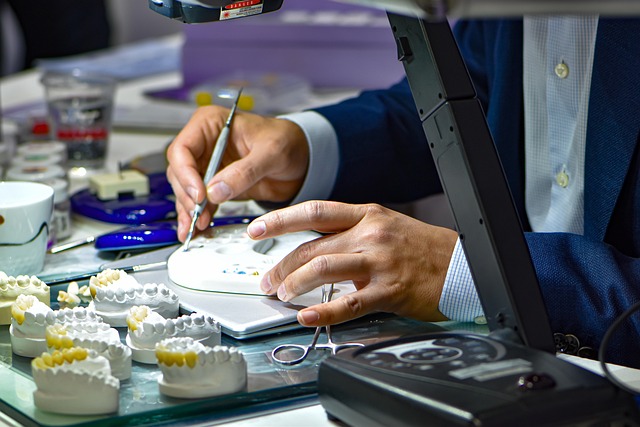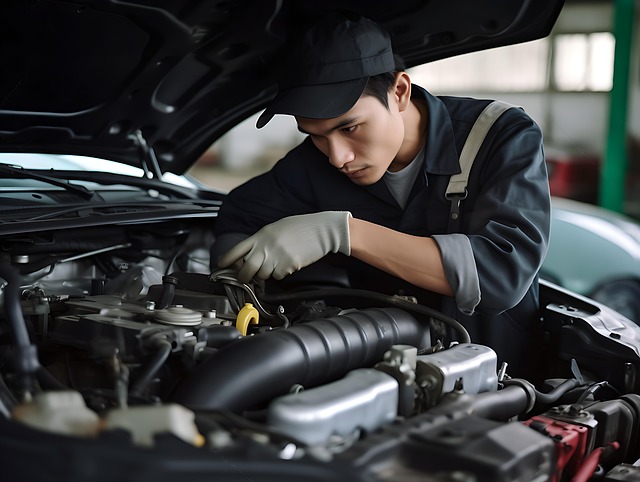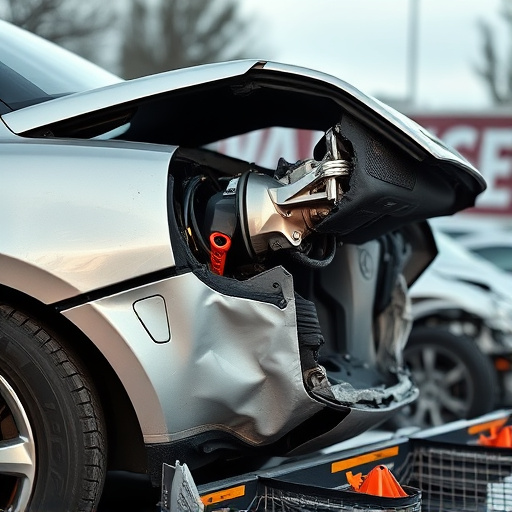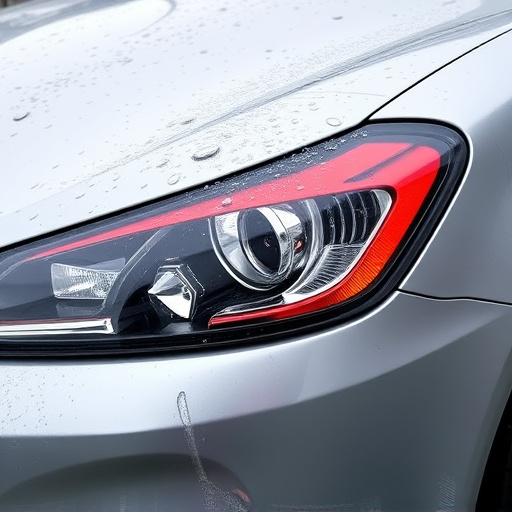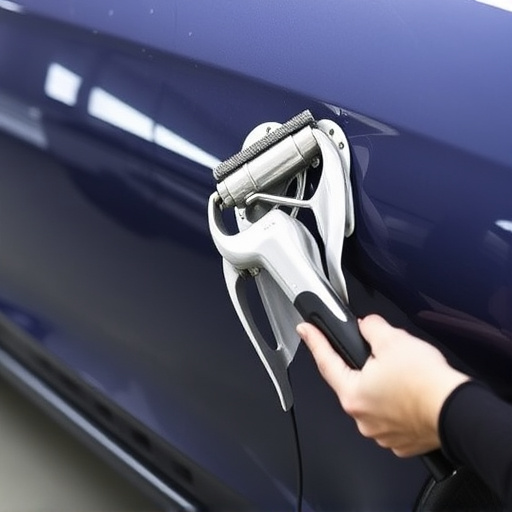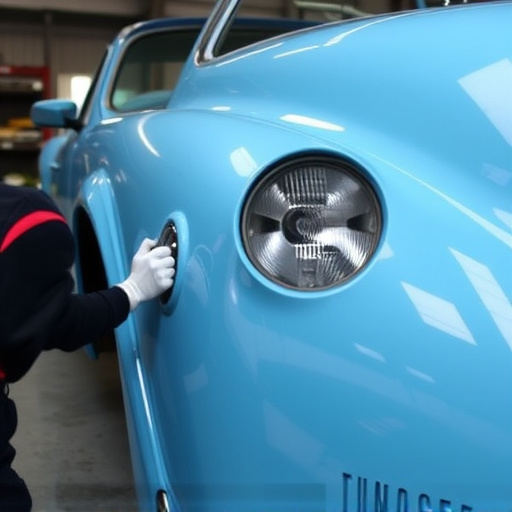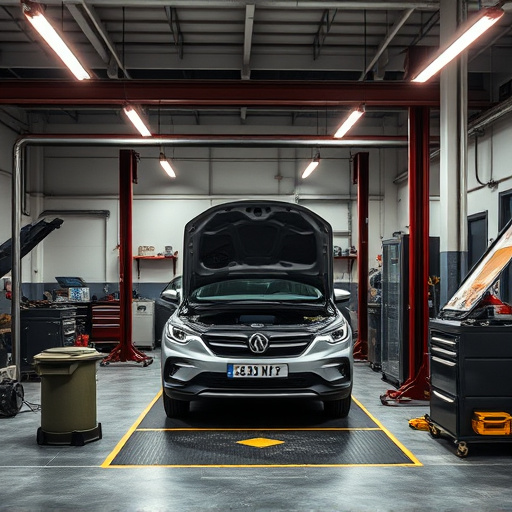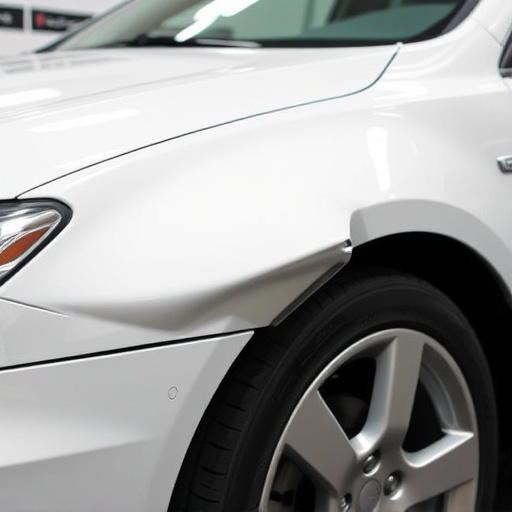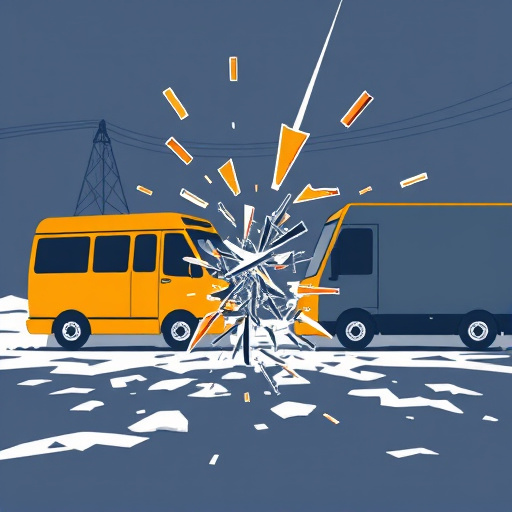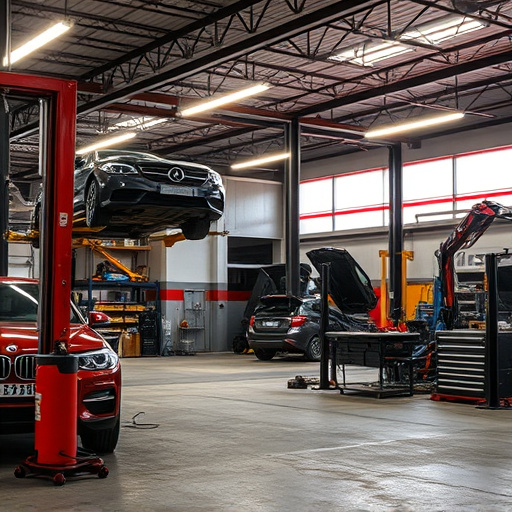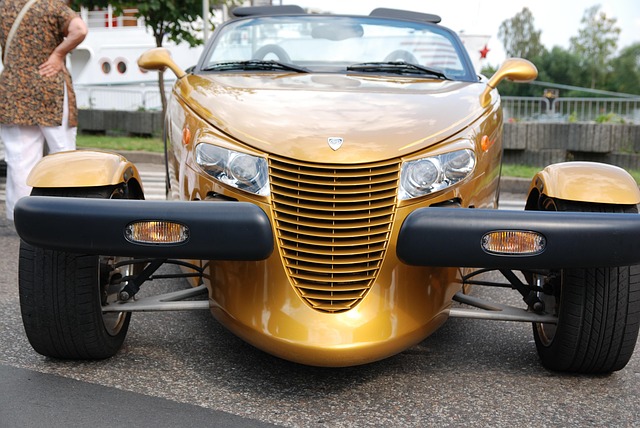Structural adhesive systems are revolutionizing industries, especially automotive applications, by offering exceptional bonding strength that enhances corrosion resistance. By eliminating traditional fastening methods, these systems not only strengthen structures but also protect against moisture and contaminants, ensuring longer vehicle lifespans. In auto detailing, advanced adhesives maintain aesthetics and performance while meeting stringent environmental standards. Selection of these adhesives requires understanding specific corrosives like salt water, solvents, or acidic/basic solutions. Marine applications demand chloride ion resistance and protection from galvanic degradation, while automotive uses require strong adhesion, temperature resistance, flexibility, and quick cure times. Effective implementation includes proper surface preparation, use of compatible adhesives, and regular maintenance with protective coatings, ensuring robust structures in challenging environments.
Structural adhesive systems play a critical role in enhancing corrosion resistance in various industrial applications. This article explores how these advanced bonding solutions safeguard materials from harsh environments, preventing corrosive substances from infiltrating joints and compromising integrity. We delve into key considerations for selecting environment-specific adhesives, offering strategic implementation guidelines to maximize their protective benefits. By understanding structural adhesive systems, professionals can make informed decisions, ensuring long-lasting, corrosion-resistant structures.
- Understanding Structural Adhesive Systems and Their Role in Corrosion Resistance
- Key Factors to Consider When Choosing Corrosive Environment-Specific Adhesives
- Implementation Strategies for Maximizing the Corrosion Resistance Benefits of Structural Adhesive Systems
Understanding Structural Adhesive Systems and Their Role in Corrosion Resistance
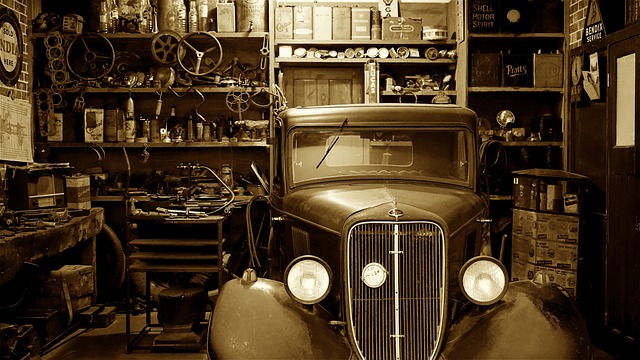
Structural adhesive systems play a pivotal role in enhancing corrosion resistance in various industries, particularly in automotive applications like auto glass repair and vehicle collision repair. These systems are designed to bind materials together with exceptional strength, creating seamless bonds that prevent water penetration—a primary cause of corrosion. By eliminating the need for rivets, welds, or bolts, structural adhesives not only improve the structural integrity but also reduce potential points of entry for moisture and contaminants, thereby enhancing the longevity of vehicles and other structures.
In auto detailing, the use of advanced structural adhesive systems is crucial for maintaining the aesthetics and performance of vehicles. Their high bond strength ensures that panels, trim, and components remain securely attached, even under extreme conditions. Moreover, these adhesives are increasingly formulated to meet stringent environmental standards, offering long-lasting protection against corrosion in challenging environments. This not only contributes to the overall durability of vehicles but also simplifies repair processes, such as those involved in auto glass repair, making them more efficient and cost-effective solutions for both manufacturers and consumers.
Key Factors to Consider When Choosing Corrosive Environment-Specific Adhesives

When selecting structural adhesives for applications in corrosive environments, several key factors come into play. Understanding the specific corrosives present is paramount. Different chemicals, such as salt water, solvents, or acidic/basic solutions, demand adhesive formulations tailored to their unique properties. For instance, adhesives used in marine environments must withstand saltwater corrosion, requiring resistance to chloride ion penetration and a robust barrier against galvanic degradation.
In automotive applications, especially vehicle body repair and auto detailing, the focus shifts to protecting metal surfaces from rust and corrosion while ensuring structural integrity. Adhesives should offer excellent adhesion to various metals, including steel, aluminium, and their alloys, while also providing long-term protection against environmental aggressors. Additionally, factors like temperature resistance, flexibility, and cure speed are critical, as these adhesives often need to perform in demanding conditions, from extreme heat during manufacturing to cold weather during use.
Implementation Strategies for Maximizing the Corrosion Resistance Benefits of Structural Adhesive Systems

Implementing effective strategies to maximize the corrosion resistance benefits of structural adhesive systems is paramount for maintaining long-lasting and robust structures in challenging environments. One key approach is ensuring proper surface preparation prior to application, involving meticulous cleaning, degreasing, and surface treatment to eliminate contaminants that can compromise adhesion. Using compatible adhesives tailored to specific substrates and environmental conditions further enhances resistance.
In industries like auto detailing and collision centers where aesthetics matter, structural adhesive systems play a crucial role in repairs without the need for paintless dent repair techniques. By adopting best practices, such as following manufacturer guidelines for mixing ratios and application techniques, professionals can achieve not only superior strength but also superior corrosion protection. Regular maintenance and coatings designed to safeguard against corrosive elements can significantly extend the lifespan of bonded structures, ensuring their integrity under adverse conditions.
Structural adhesive systems play a pivotal role in enhancing corrosion resistance, offering an effective solution for various industrial applications. By selecting adhesives tailored to specific corrosive environments, professionals can significantly extend the lifespan of structures and components. Understanding the key factors involved in this process enables engineers and contractors to make informed decisions, ensuring optimal performance and protection against corrosion. Implementing these systems effectively contributes to more durable and reliable constructions, ultimately reducing maintenance costs and environmental impact.
